Blue Atlas Cedars: Caring For A Blue Atlas Cedar In The Garden
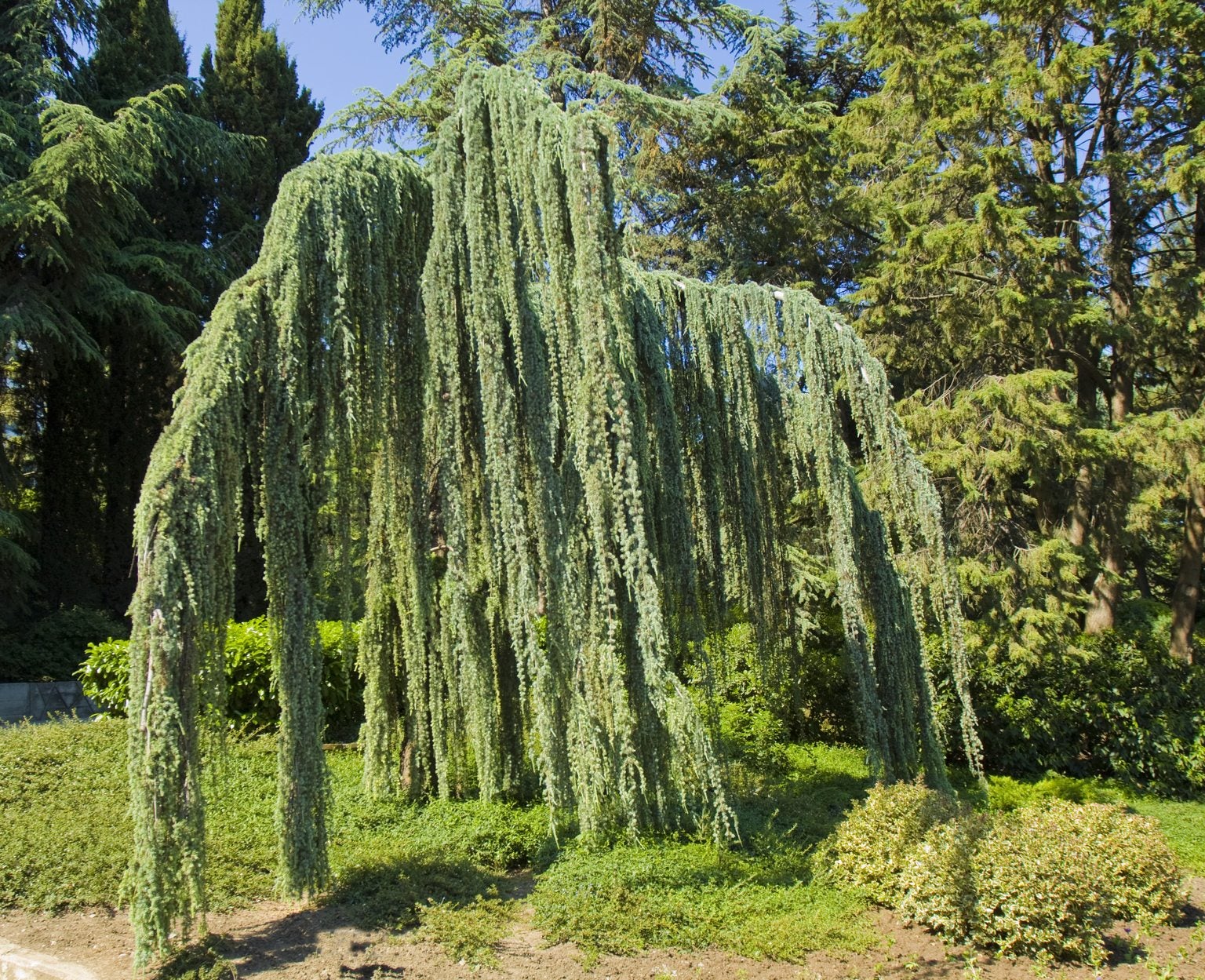

The Atlas cedar (Cedrus atlantica) is a true cedar that takes its name from the Atlas Mountains of Northern Africa, its native range. Blue Atlas (Cedrus atlantica ‘Glauca’) is among the most popular cedar cultivars in this country, with its beautiful powdery blue needles. The weeping version, ‘Glauca Pendula,’ can be trained to grow like a vast umbrella of tree limbs. Read on for more information about Blue Atlas cedar trees and care.
Blue Atlas Cedar Care
The Blue Atlas cedar is a stately and majestic evergreen with a strong, vertical trunk and open, almost horizontal limbs. With its stiff, blue-green needles, it makes an exceptional specimen tree for big backyards. Blue Atlas cedar care starts with selecting an appropriate planting location. If you decide to plant a Blue Atlas cedar, give it plenty of room to spread out. The trees don’t thrive in restricted space. They are also most attractive if they have sufficient room for their branches to fully extend and if you don’t remove their lower branches. Plant these cedars in the sun or in partial shade. They thrive in U.S. Department of Agriculture plant hardiness zones 6 through 8. In California or Florida, they can also be planted in zone 9. The trees grow fast at first and then slower as they age. Select a growing site sufficiently large for the tree to get to 60 feet (18 m.) tall and 40 feet (12 m.) wide.
Caring for Weeping Blue Atlas Cedars
Nurseries create weeping Blue Atlas cedar trees by grafting the 'Glauca Pendula' cultivar onto the Cedrus atlantica species rootstock. While weeping Blue Atlas cedars have the same powdery blue-green needles as upright Blue Atlas, the branches on the weeping cultivars droop unless you tie them up on stakes. Planting a weeping Blue Atlas cedar, with its drooping, twisted branches, gives you an unusual and spectacular specimen tree. This cultivar is likely to grow about 10 feet (3 m.) high and twice as wide, depending on how you decide to train it. Consider planting weeping Blue Atlas cedars in a rock garden. Rather than staking the branches to create a shape, you can allow them to mound and spread. If you take care when planting, caring for a weeping Blue Atlas cedar should not be too difficult. The trees only require abundant irrigation the first year and are drought tolerant when mature. Think through how you want to train the tree before you plant it. You’ll have to stake and train weeping Blue Atlas cedar trees from the time you plant them to create the form you have selected. For best results, try planting in full sun in well-draining, loamy soil. Feed weeping blue Atlas cedars in early spring with a balanced fertilizer.
Gardening tips, videos, info and more delivered right to your inbox!
Sign up for the Gardening Know How newsletter today and receive a free copy of our e-book "How to Grow Delicious Tomatoes".

Teo Spengler is a master gardener and a docent at the San Francisco Botanical Garden, where she hosts public tours. She has studied horticulture and written about nature, trees, plants, and gardening for more than two decades. Her extended family includes some 30 houseplants and hundreds of outdoor plants, including 250 trees, which are her main passion. Spengler currently splits her life between San Francisco and the French Basque Country, though she was raised in Alaska, giving her experience of gardening in a range of climates.
-
 Looking For Plants To Give You The Soft And Fuzzies? Try These 5 Fuzzy Leaf Plant Options
Looking For Plants To Give You The Soft And Fuzzies? Try These 5 Fuzzy Leaf Plant OptionsLovers of texture, drama, silver foliage and tactile plants will adore these special sensory garden additions. These fuzzy leaf plant options will leave you all aglow
By Susan Albert
-
 Get Ready For A Summer Of Hummers! Grow These Full Sun Hummingbird Plants and Flowers
Get Ready For A Summer Of Hummers! Grow These Full Sun Hummingbird Plants and FlowersIf you’re lucky enough to enjoy a sunny backyard, make sure you are maxing out on your pollinator opportunities and grow these full sun hummingbird plants and flowers
By Tonya Barnett
-
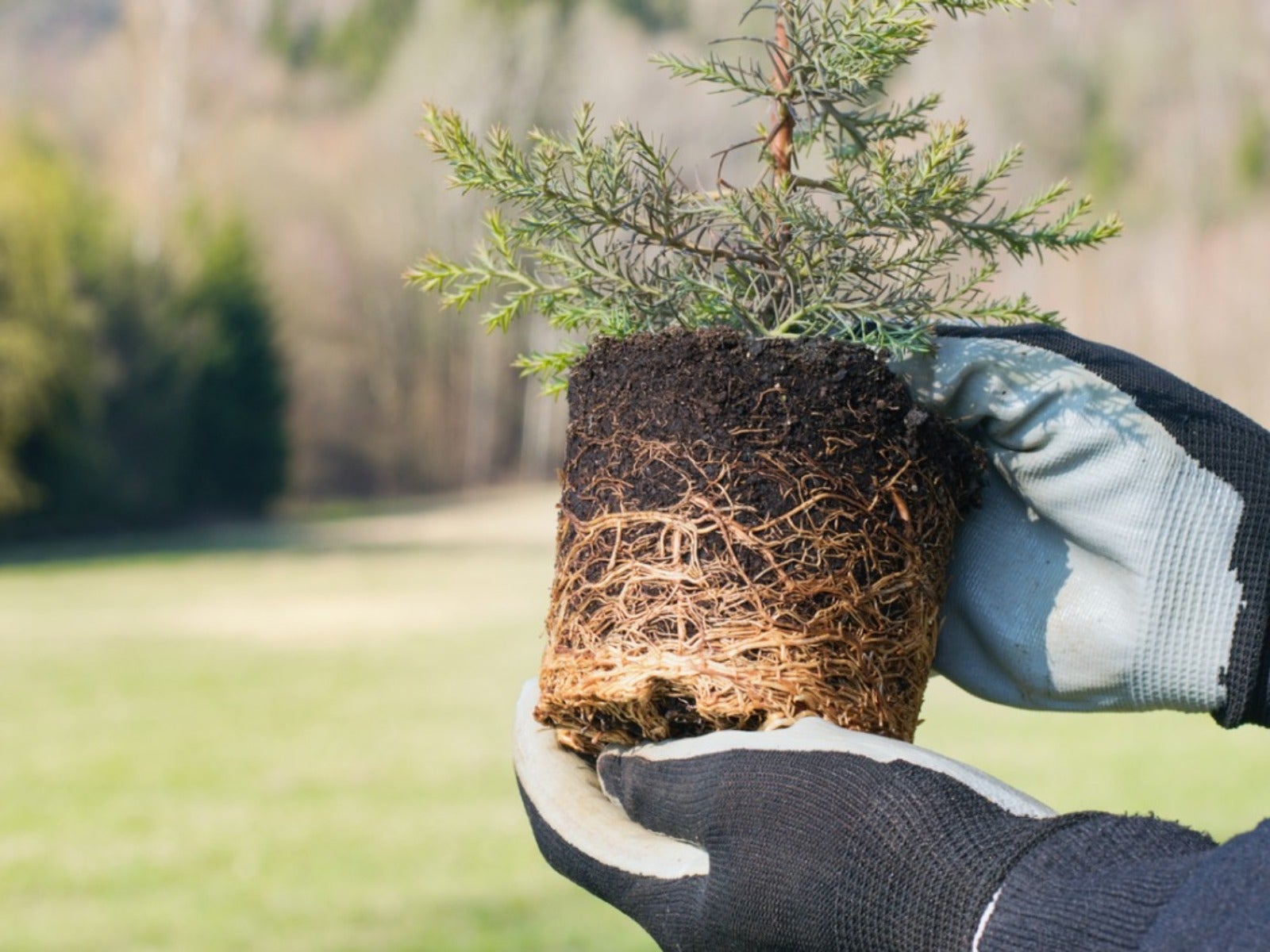 Simple Tips For Transplanting Cedar Trees With Ease
Simple Tips For Transplanting Cedar Trees With EaseYou can transplant a cedar tree. These few tips will help you move your large cedar to a new location. Click for more.
By Teo Spengler
-
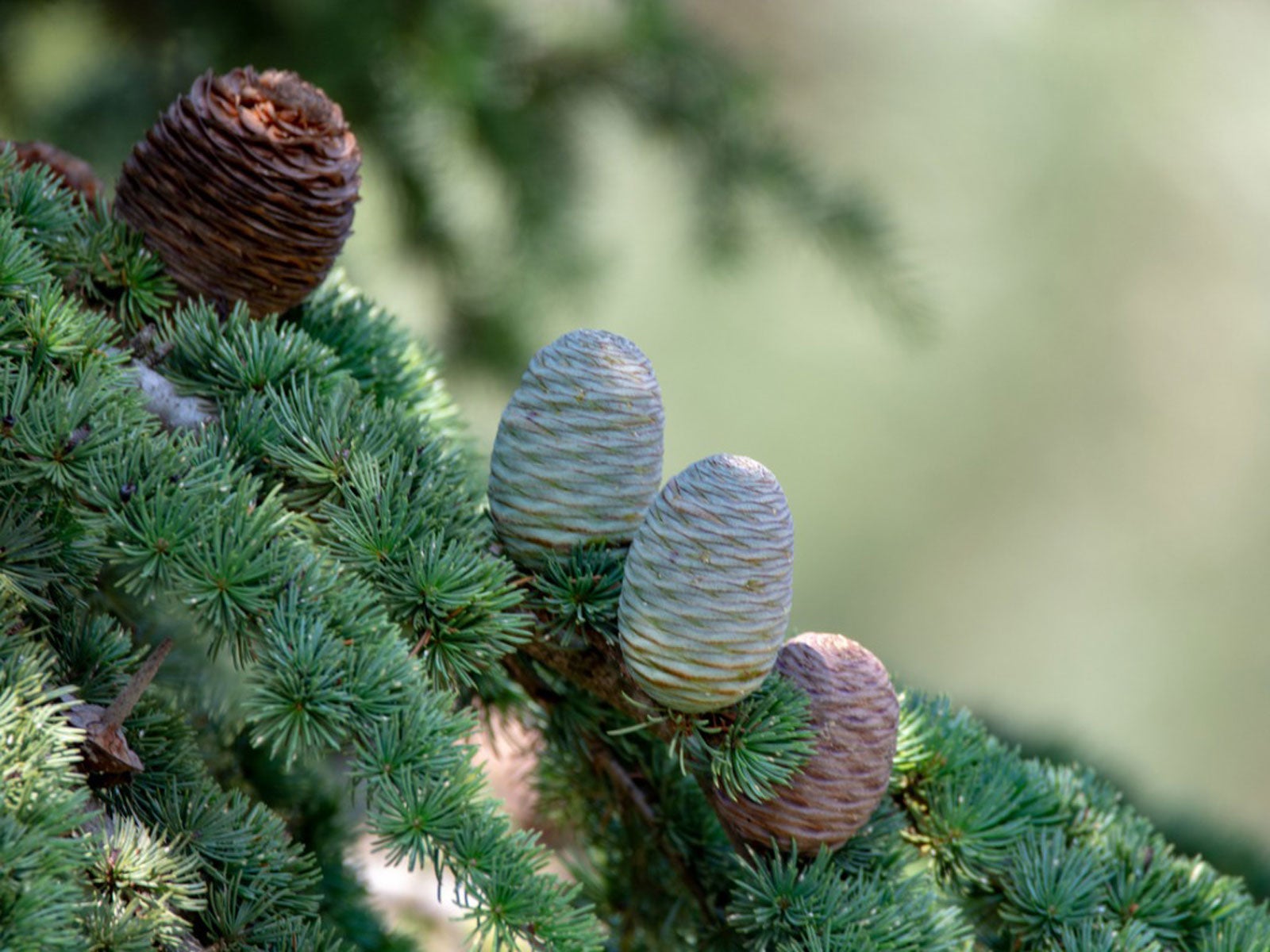 Deodar Seed Planting Guide – How To Grow A Deodar Cedar From Seed
Deodar Seed Planting Guide – How To Grow A Deodar Cedar From SeedDeodar cedar is a beautiful conifer with soft blue foliage. Purchasing a tree can be expensive, but you can grow one from seed. Click here.
By Teo Spengler
-
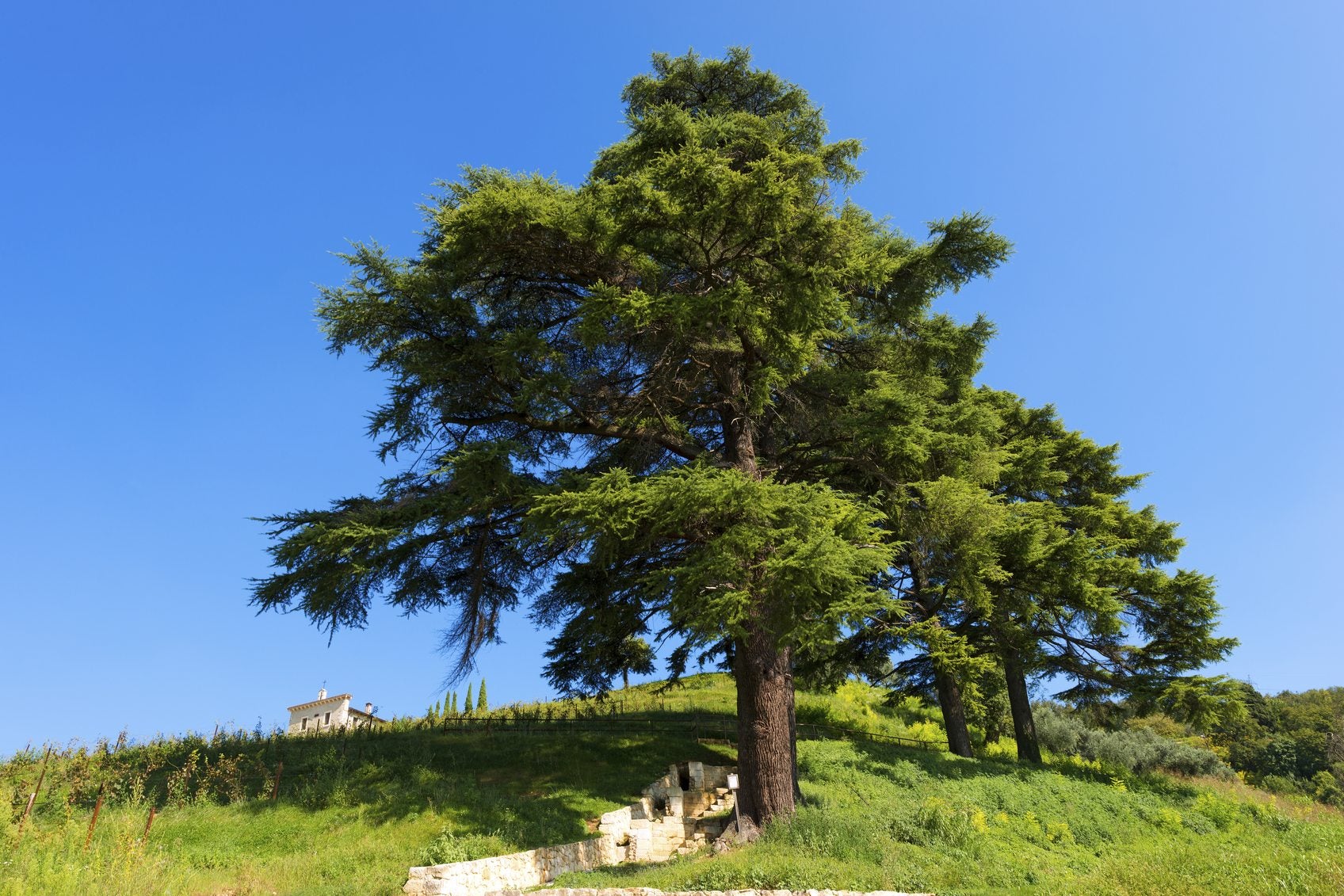 Cedar Of Lebanon Tree – How To Grow Lebanon Cedar Trees
Cedar Of Lebanon Tree – How To Grow Lebanon Cedar TreesThe cedar of Lebanon tree is an evergreen with beautiful wood that has been used for thousands of years. If you are interested in growing cedar of Lebanon trees, this article has tips about cedar of Lebanon care.
By Teo Spengler
-
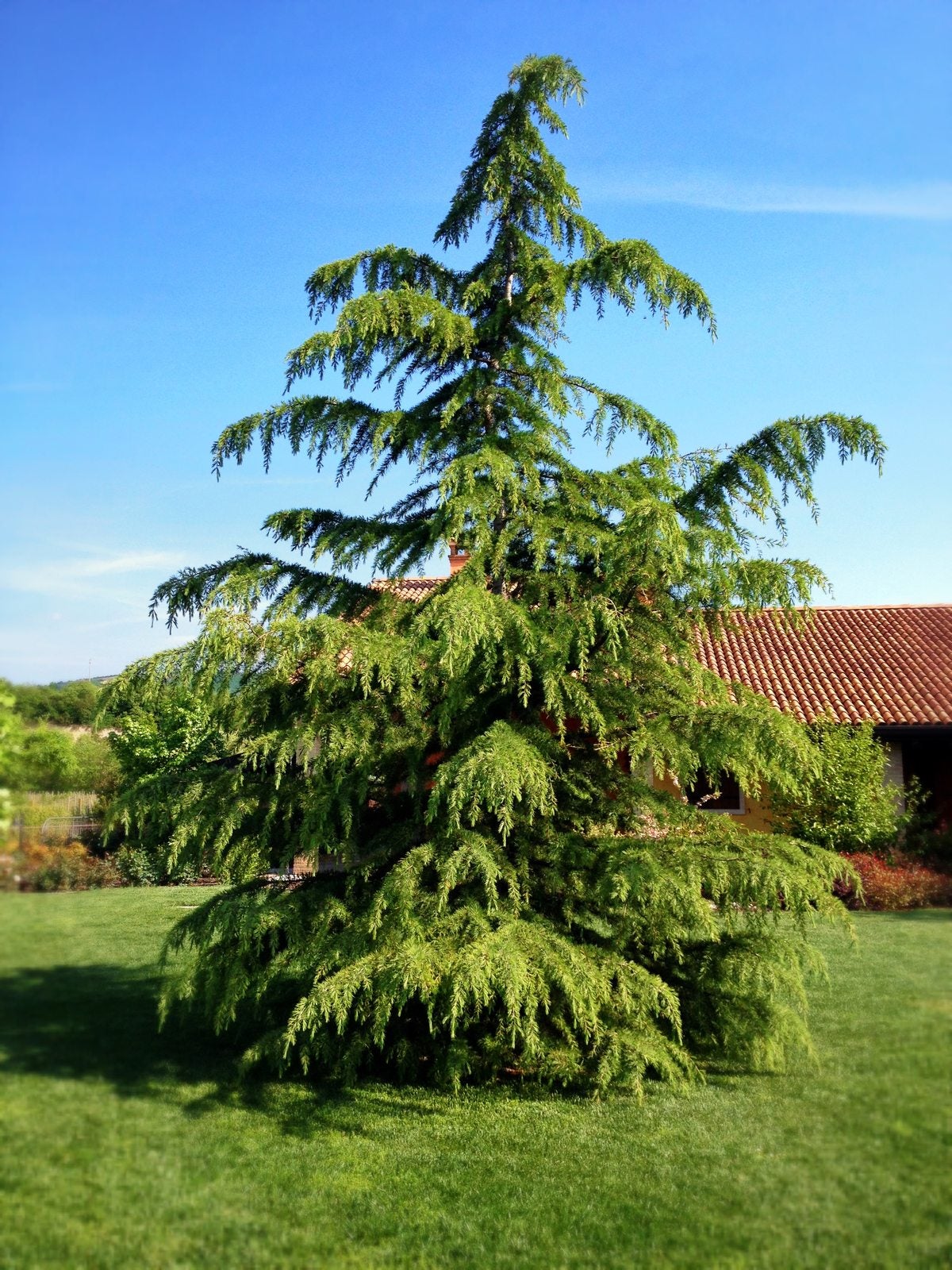 When To Trim Cedar Trees: Guide To Pruning Cedar Trees In The Garden
When To Trim Cedar Trees: Guide To Pruning Cedar Trees In The GardenSome experts recommend against ever pruning cedar trees. However, if cutting back cedar trees is in the cards, proceed very carefully. This article contains information about how and when to trim cedar trees safely.
By Teo Spengler
-
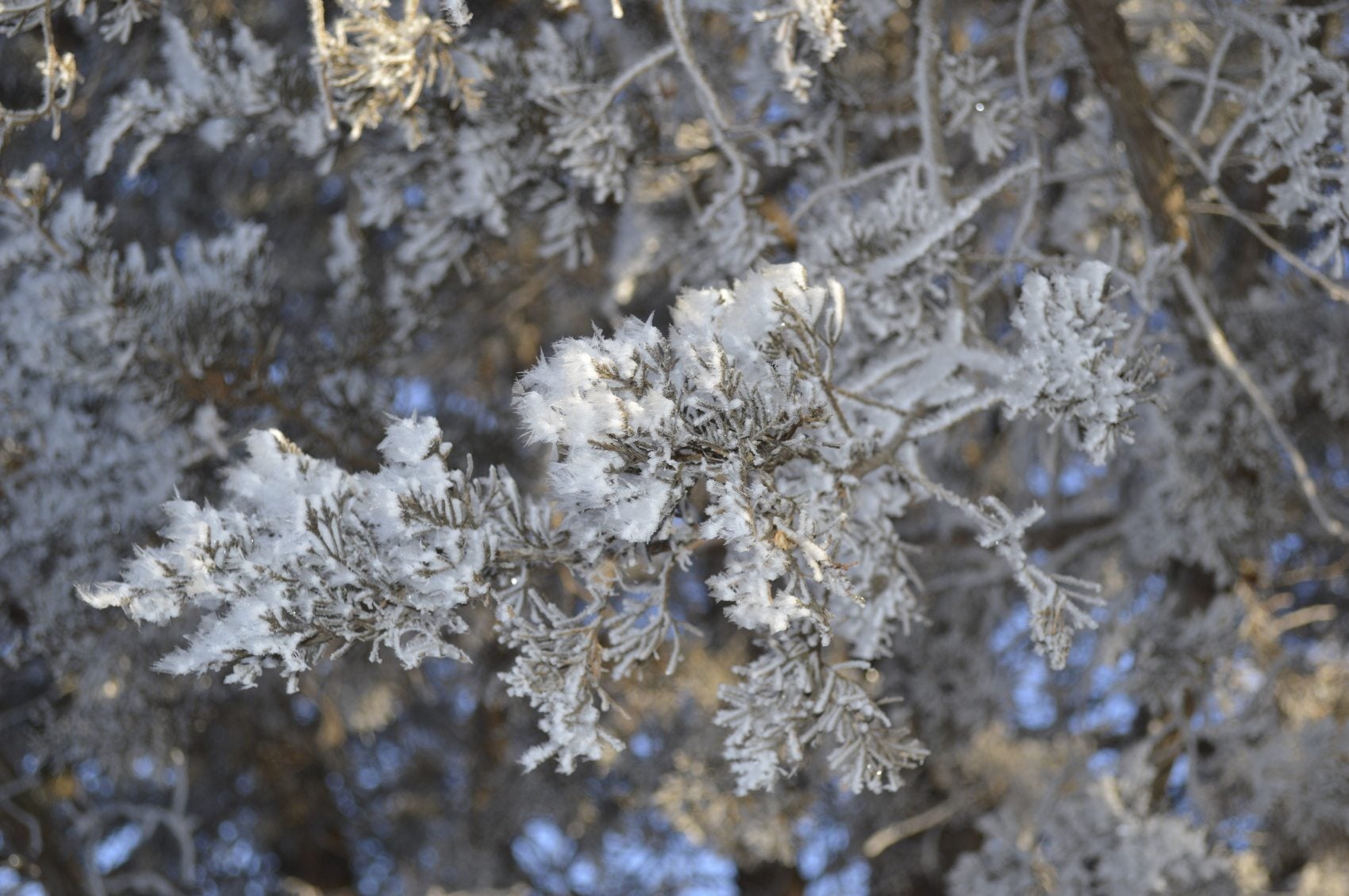 Winter Damage To Cedars: Repairing Winter Damage On Cedar Trees
Winter Damage To Cedars: Repairing Winter Damage On Cedar TreesAre you seeing dead needles appear on the outer edges of your cedars? This could be symptomatic of winter damage to cedars. This article contains information about cedar trees and winter damage. Click here to learn more.
By Teo Spengler
-
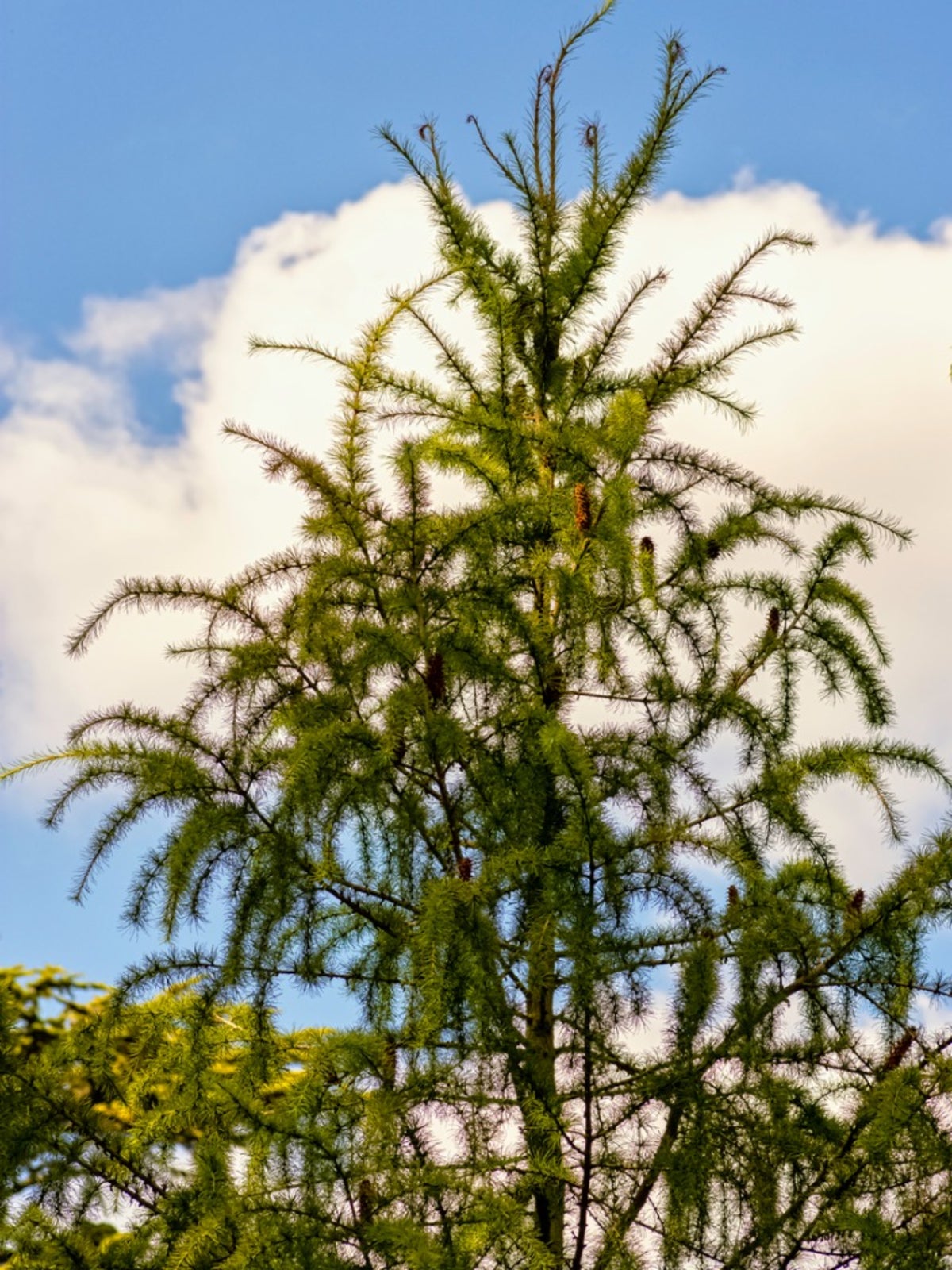 Deodar Cedar Info: Tips On Growing Deodar Cedar In The Landscape
Deodar Cedar Info: Tips On Growing Deodar Cedar In The LandscapeEvergreen Deodar cedar trees are perfect in warmer climates for providing winter interest, soft hedges and impressive silhouettes .
By Teo Spengler
-
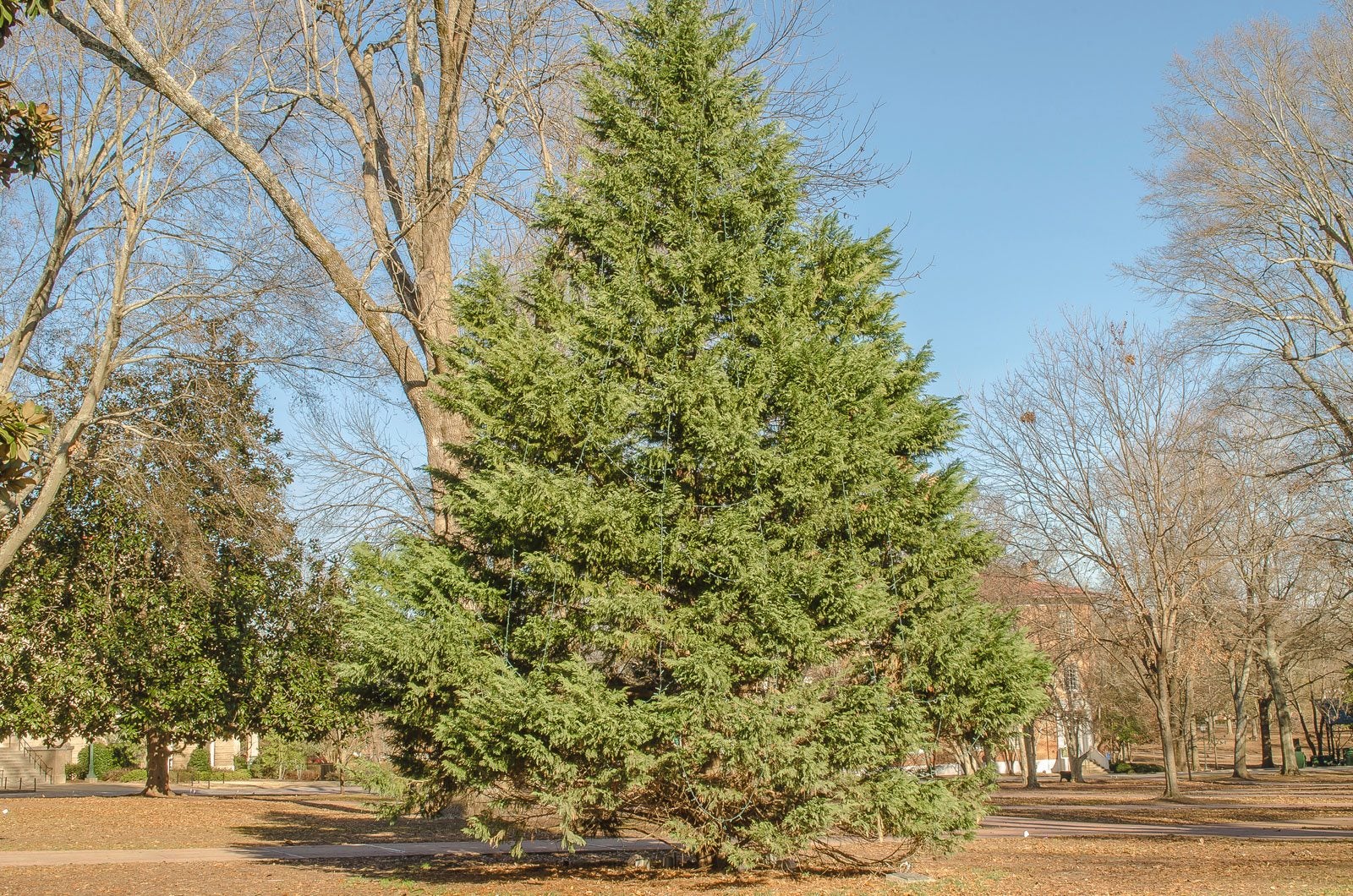 Cedar Tree Care: Tips For How To Grow Cedar Trees
Cedar Tree Care: Tips For How To Grow Cedar TreesAttractive and normally trouble-free, cedar trees can be great additions to the landscape. To learn more about cedar tree care or how to grow cedar trees, you may find the following information helpful.
By Susan Patterson